Introduction to Common Dental Conditions
The importance of maintaining oral health cannot be overstated. In the United States, dental conditions affect a significant portion of the population, impacting not just physical health but also psychological and social well-being. Understanding common dental conditions is crucial for prevention, early detection, and effective treatment.
Recent statistics show that nearly half of Americans suffer from periodontal disease, while tooth decay remains the most prevalent chronic disease in both children and adults. Awareness and education about these conditions play a vital role in reducing their incidence and severity. This article provides an overview of the most common dental conditions, their causes and symptoms, and outlines potential treatment options.
With a focus on American readers, this guide aims to provide actionable insights and foster a proactive approach to maintaining dental health.
An Overview of Tooth Decay
Tooth decay, also known as dental caries, is a widespread problem in the United States. It occurs when plaque—a sticky film of bacteria—builds up on the teeth. These bacteria produce acids that erode tooth enamel, leading to cavities.
The Centers for Disease Control and Prevention (CDC) states that about 90% of adults over 20 have had at least one cavity. Prevention strategies include regular brushing, flossing, and dental check-ups. Fluoride treatments and dental sealants are also effective preventive measures.
Diet plays a crucial role in the development and prevention of tooth decay. Limiting sugary snacks and beverages can reduce plaque's growth, preserving oral health.
Understanding Gum Disease
Gum disease, or periodontal disease, affects nearly half of all American adults aged 30 and older, according to the American Dental Association (ADA). The condition ranges from gingivitis, a mild form, to more advanced stages that can lead to tooth loss.
Weakened gums result from plaque buildup, much like tooth decay. Symptoms include swollen, bleeding gums, and bad breath. Effective care includes scaling and root planing procedures to remove plaque under the gums, along with improved oral hygiene practices.
Professional treatments may also involve surgery for advanced cases, emphasizing the importance of early intervention.
The Impact of Oral Cancer
Oral cancer remains a serious health concern in America, with over 53,000 new cases diagnosed annually. It affects the lips, tongue, cheeks, and floor of the mouth.
Risk factors include tobacco use, excessive alcohol consumption, and human papillomavirus (HPV). Regular dental check-ups are vital, as dentists can detect early signs of cancer.
Treatment involves a multidisciplinary approach, often combining surgery, radiation therapy, and chemotherapy, highlighting the complexity and seriousness of managing this condition.
Addressing Tooth Sensitivity
Tooth sensitivity affects a significant number of Americans, leading to discomfort when consuming hot or cold foods and beverages. It occurs when enamel wears down, exposing the tooth's inner layers.
Common causes include aggressive brushing, acidic diets, and gum recession. Treatments focus on desensitizing agents like specialized toothpaste and fluoride applications.
Prevention involves using a soft-bristled toothbrush and avoiding acidic foods in excess. Understanding and addressing the underlying cause of sensitivity is critical for long-term relief.
The Prevalence of Malocclusion
Malocclusion, or misalignment of the teeth, is a common dental issue that can affect oral functionality and aesthetics. Orthodontic treatments like braces or clear aligners are typical solutions.
Early diagnosis, often during childhood, can simplify treatment. However, adults also seek orthodontic care for improved dental health and personal confidence.
Regular consultations with an orthodontist provide tailored solutions, aligning with individual treatment needs and goals.
Conclusion and Preventive Measures
The variety and prevalence of dental conditions among Americans underscore the importance of preventive care and education. Regular visits to the dentist, good oral hygiene practices, and a healthy diet are foundational in maintaining oral health.
At Dentistry Toothtruth, our commitment is to provide informative resources and professional guidance to aid individuals in navigating their dental health journey. Prompt action, informed by accurate knowledge, ensures long-term dental wellness.
We encourage you to take the first step towards improved dental health by scheduling your next dental check-up and embracing daily oral care practices. Together, we can combat dental conditions and achieve a healthier, more confident smile.


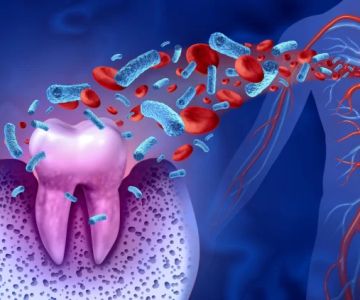
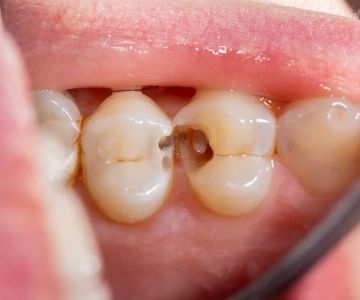
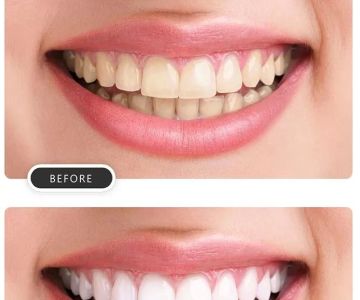
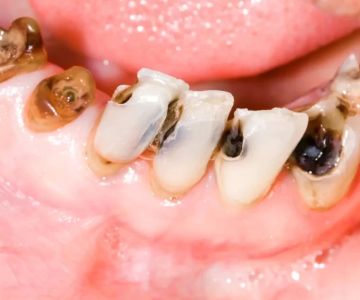
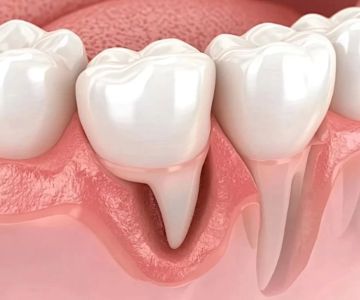
 Salem Orthodontics4.0 (188 review)
Salem Orthodontics4.0 (188 review) Healthy Smiles Family and Cosmetic Dentistry4.0 (24 review)
Healthy Smiles Family and Cosmetic Dentistry4.0 (24 review) McLemore Dentistry4.0 (330 review)
McLemore Dentistry4.0 (330 review) Hillside Family Dentistry4.0 (108 review)
Hillside Family Dentistry4.0 (108 review) Peachtree Smile Center4.0 (228 review)
Peachtree Smile Center4.0 (228 review) TRU DENTAL4.0 (325 review)
TRU DENTAL4.0 (325 review) The Importance of Oral Health Education During Pregnancy for a Healthy Pregnancy
The Importance of Oral Health Education During Pregnancy for a Healthy Pregnancy Best Tips for Brushing Your Teeth Properly for Healthy Gums: Essential Techniques for Oral Health
Best Tips for Brushing Your Teeth Properly for Healthy Gums: Essential Techniques for Oral Health Why Skipping Dental Checkups Can Lead to Bigger Oral Health Problems
Why Skipping Dental Checkups Can Lead to Bigger Oral Health Problems Advantages of Porcelain Dental Restorations
Advantages of Porcelain Dental Restorations How Can Diabetes Cause Tooth and Gum Problems? Preventing and Managing Oral Health Issues
How Can Diabetes Cause Tooth and Gum Problems? Preventing and Managing Oral Health Issues Healthy Habits for Promoting Good Oral Health and Hygiene: Tips for a Healthy Smile
Healthy Habits for Promoting Good Oral Health and Hygiene: Tips for a Healthy Smile